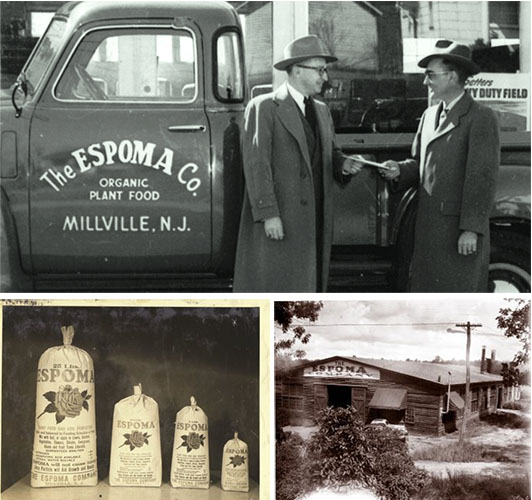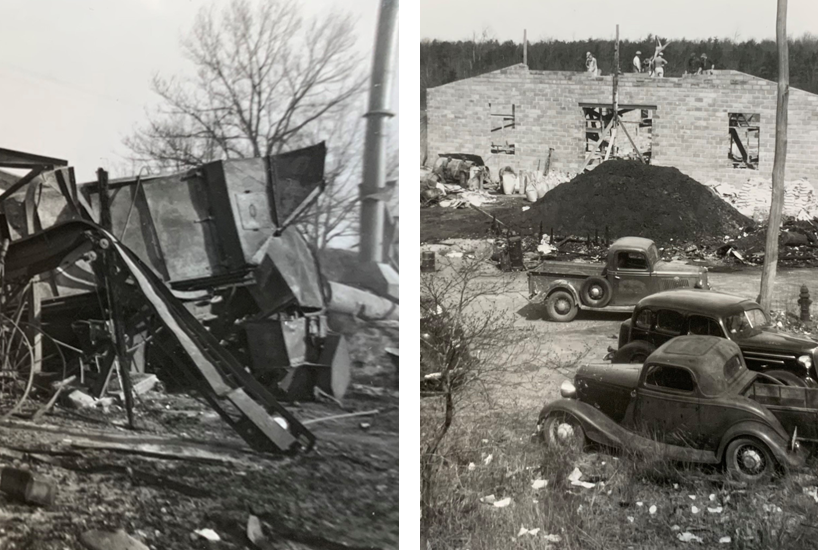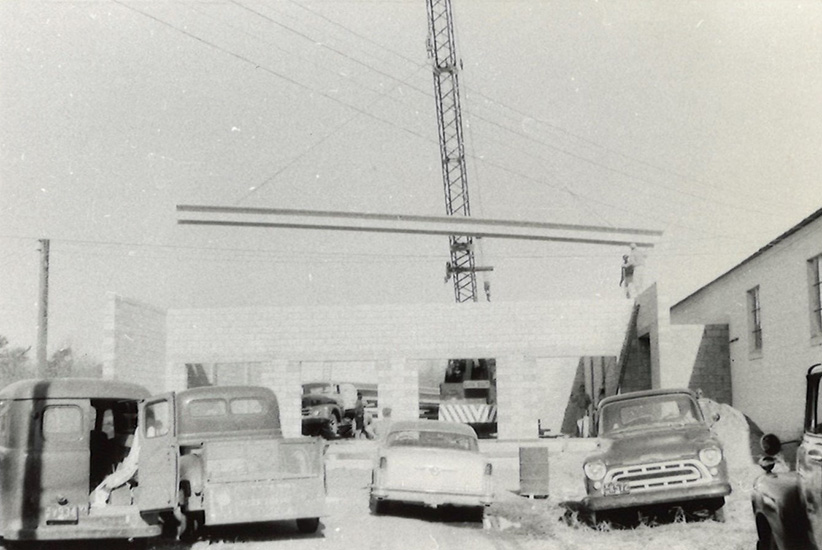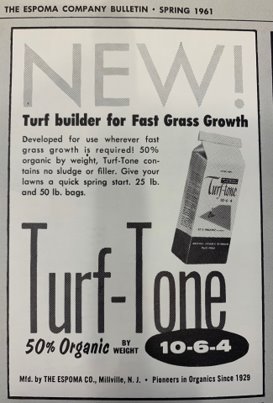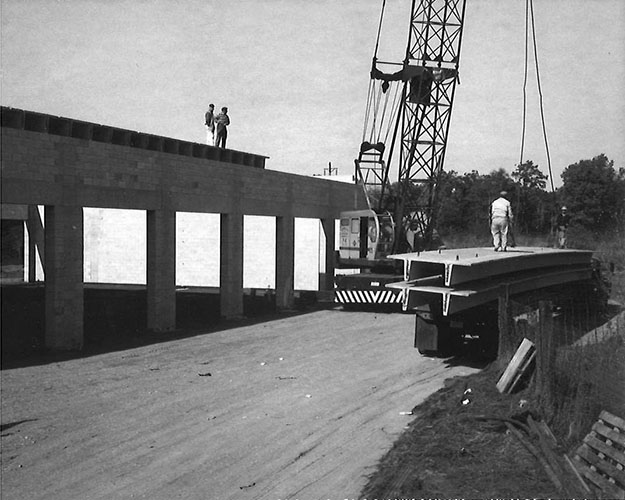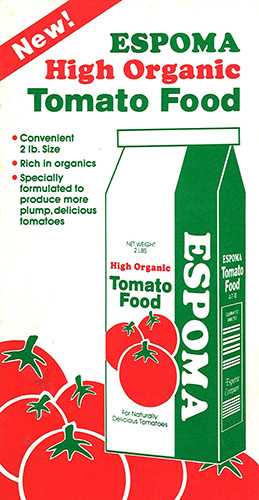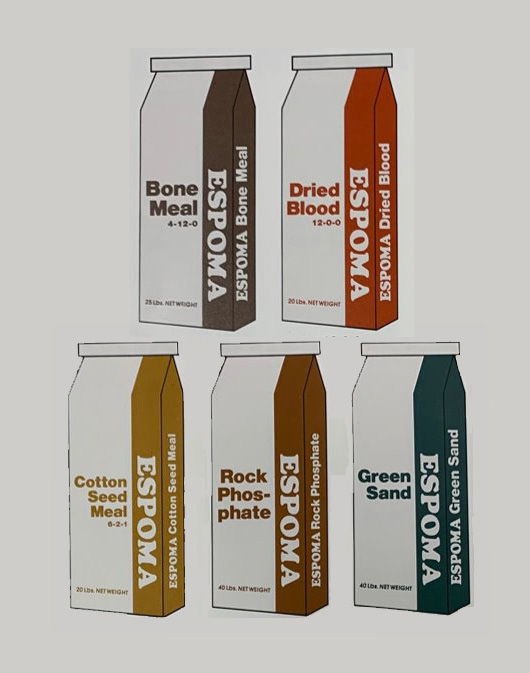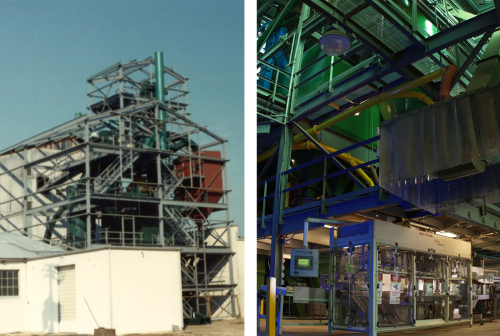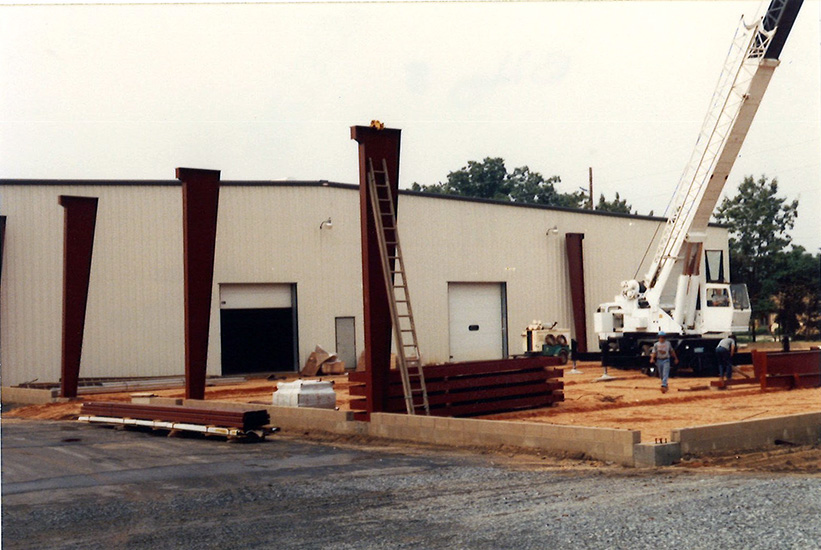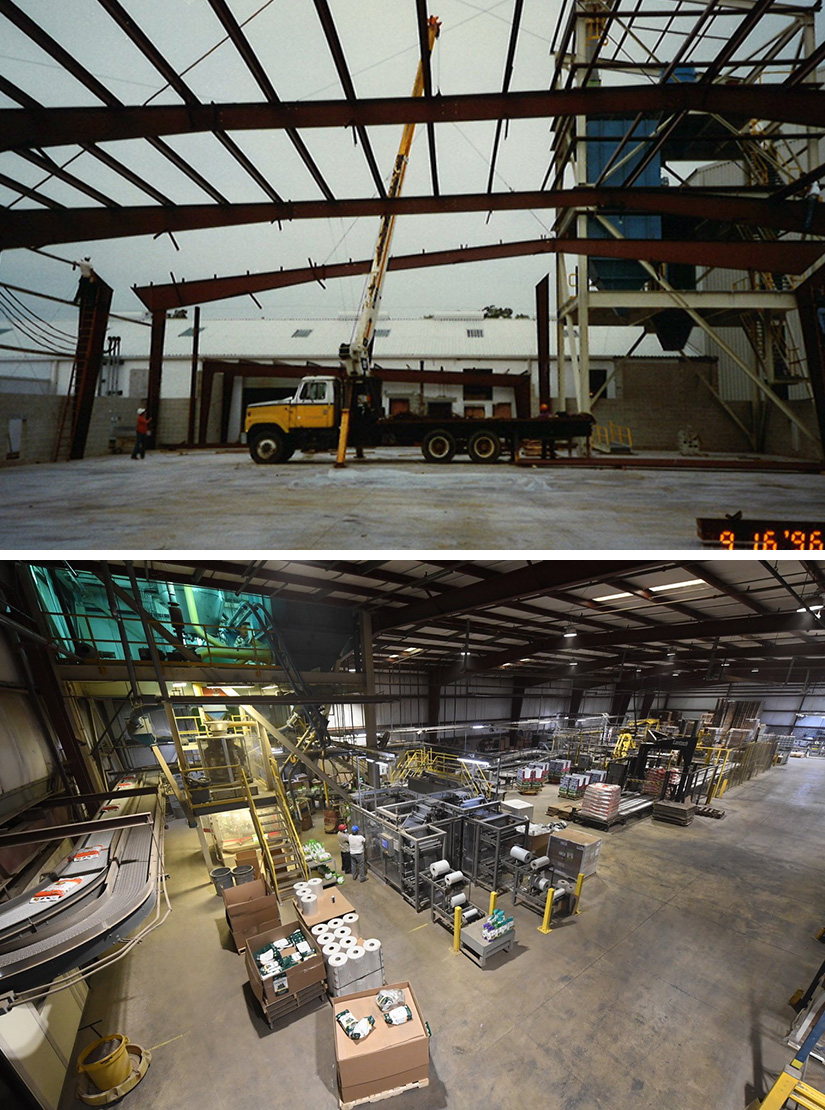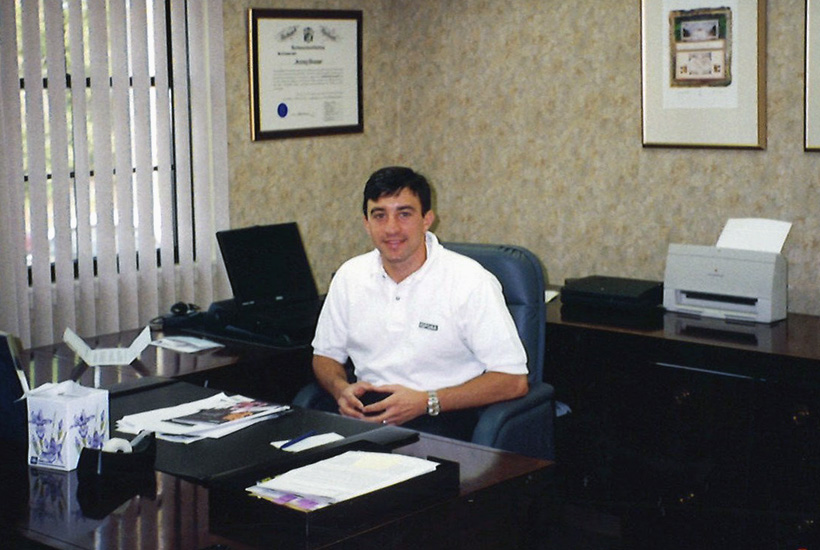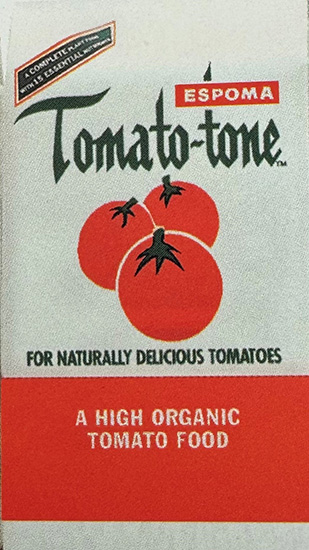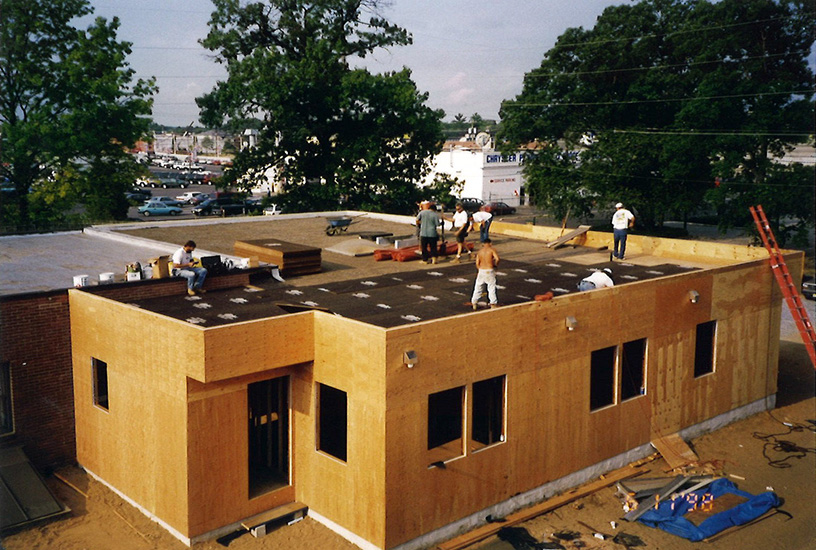Espoma in the 1940's
1949: HOLLY-TONE
Herbert realized there wasn’t any plant food specifically designed for hollies & other acid-loving plants. He began testing formulas with the American Holly Orchard in Millville. One night he woke up in the middle of the night & wrote down its name – Holly-tone. It would become & still remains Espoma’s #1 product.
Espoma in the 1950's
1957: BUILDING 2
Built in 1957, it marked the first large expansion for the Espoma Company since the fire in 1946. Herbert Sanders swore they would never build a wooden structure again after that incident. Building 2 was constructed out of masonry blocks and was one of the first warehouses to feature a roof made from precast Double-T concrete beams. These new beams allowed for a clear, wide-open interior space. The building's width was determined by the maximum span of a Double-T concrete beam, which at the time was 50 feet. The total size of the building is 2,925 square feet.
Espoma in the 1960's
1961: FIRST OFFICE
In 1946 following the fire at the plant, the Boy Scouts assisted in constructing the first stand-alone temporary office. This office was later renovated into a more permanent structure which included a horse stable in the back for Herbert Sanders’ horses. The original office was eventually replaced in 1961 with a new brick building – Espoma’s first dedicated and planned office building. Notably this new building was the first all-electric building in South Jersey. Atlantic City Electric featured an article on its progressive features.
3 NEW BUILDINGS
Espoma began constructing its third building in 1962. This building, measuring 4,050 sq ft, currently has a storage capacity of 204 pallets. The fourth building, erected in 1965, spans 10,500 sq ft and currently holds 1,125 tons of raw materials. To keep up with rising demand, Espoma's fifth building was built in 1969. With a size of 5,850 sq ft, it can store 1,232 pallets of finished goods.
Espoma in the 1970's
Espoma in the 1980's
1982: COMPUTER SYSTEM
Espoma goes digital with their new state-of-the-art computing system. The NCR 8200 Series was versatile, designed for interactive tasks like order entry and accounts receivable. One stand-out feature of the new system was the IQL interactive query language. This data retrieval language/tool permitted users to direct inquiries to nearly any data file at any time. A radical new concept for the time.

